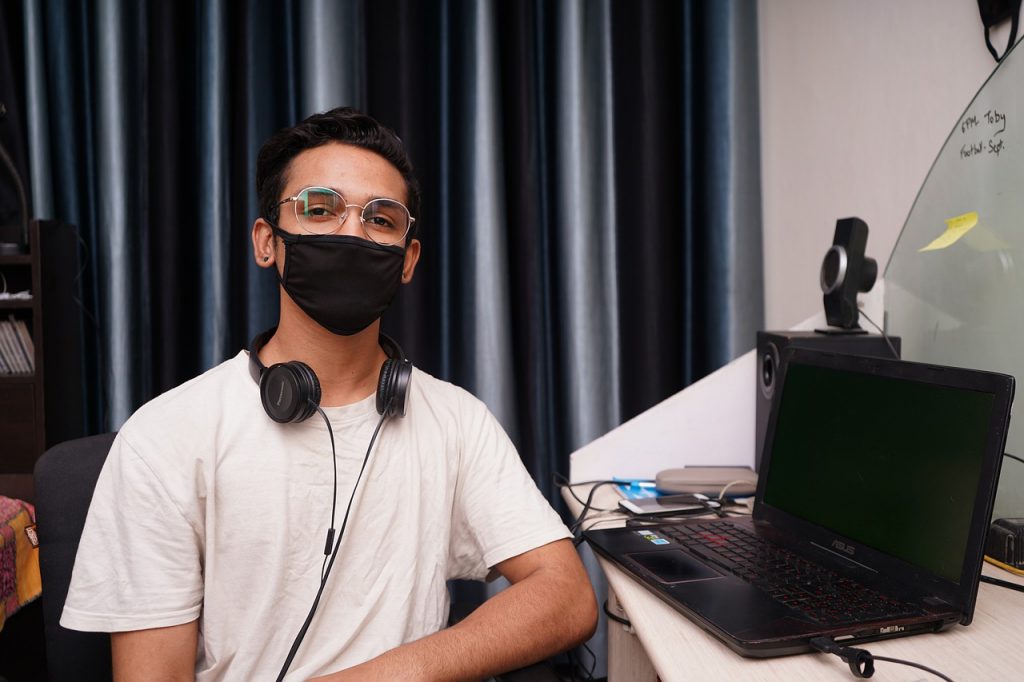The end of summer coincides in some countries with the start of a new school year. With the emergence of the contingency for COVID-19, face-to-face classes were transformed into remote mode, waiting for better conditions to return to classrooms in the coming weeks. However, this scenario improvement has not been presented in American continent. On the contrary, in these weeks high numbers of infections continue to be observed; except in some areas where a slight decrease in the progress of the epidemic is already observed.
However, like many areas of daily life, the educational sector had to face correctively and in a hurry the migration to Online teaching. Each country established the protocols that it believed best to safeguard the health of students, parents and guardians, teachers, administrators and maintenance workers. Although the medium-term effects were not long in coming.
With regard to children, the impact was centered on stress and sadness due to not being able to physically go to schools. In this way the coexistence between classmates and teachers was transformed into a contact through platforms such as Zoom and Teams. Mood swings have been reported in various places as adaptation to remote media occurred, in many cases, at the expense of each household’s hardware and internet service. In Latin America, access to the internet and a practical device is limited to one per household.
Teachers have also experienced their learning curve in the midst of this health contingency. The greatest generations of teachers had the urgent need to master at least one of the many tools to offer classes online. In many cases, teachers do not have adequate space to teach and have been forced to adapt some space in the home as a substitute for the classroom.
The school administration was not immune to the changes. At the beginning of classes online, several parents claimed the costs of some private schools with various consequences on the income and image of these institutions. Derived from the new operating costs, some schools had to redesign their budgets with several cases of readjustment of payments to staff or liquidation of those that were not determined as essential.
With regard to maintenance and service provider staff, the most well-known changes have been the increase in spending on infrastructure sanitation and the installation or strengthening of the resources required so that the teaching staff could continue with online classes. Nor should we lose sight of the physical maintenance of the schools so that they remain in optimal condition while they return to the classrooms.
It should not be forgotten that these measures will mostly be temporary as long as the SarsCov2 epidemic remains active. However, the speed at which events have occurred has limited data and insights decision makers to face the contingency in the most efficient way. Market research offers services to members of the education sector in order to proactively and efficiently meet the new needs of students and teachers with a view to fully starting the «new normal» in the medium term.

Short Link:
